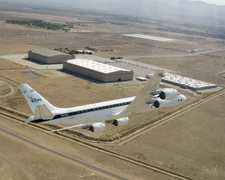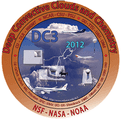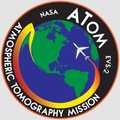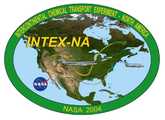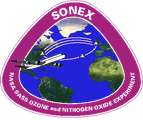The Airborne Tropospheric Hydrogen Oxides Sensor (ATHOS) is an in situ airborne sensor developed by Penn State University. ATHOS uses a laser-induced fluorescence (LIF) technique to measure hydroxide (OH) and hydroperoxyl (HO2) in the atmosphere. ATHOS operates near the 308 nm wavelength, has a pulse repetition frequency of 3 kHz, and has a typical time resolution of 20-30 seconds. It was designed to be installed on NASA’s DC-8 aircraft and can collect measurements of OH and HO2 in clear sky and light cloud conditions.
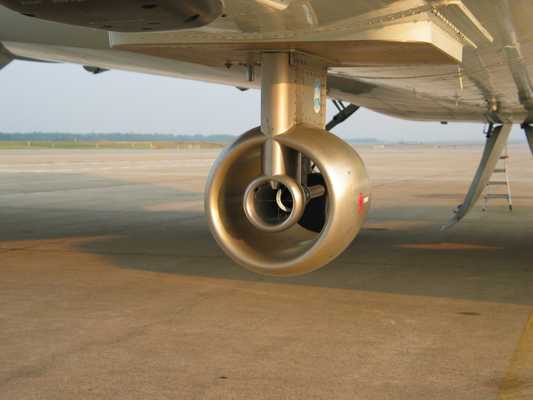

Instrument Details
- Meter/Analyzer
- Earth Science > Atmosphere > Atmospheric Chemistry > Nitrogen Compounds > Nitric OxideEarth Science > Atmosphere > Atmospheric Chemistry > Hydrogen Compounds > HydroxylEarth Science > Atmosphere > Atmospheric Chemistry > Hydrogen Compounds > HydroperoxyEarth Science > Atmosphere > Atmospheric Chemistry > Hydrogen CompoundsEarth Science > Atmosphere > Atmospheric Chemistry
- Lower Stratosphere, Troposphere
- 20-30 s
- Point
- 973 THz
- https://doi.org/10.1023/B:JOCH.0000021036.53185.0e
William H. Brune, David Miller
William H. Brune
Penn State University
NSF, NASA
Unpublished
Filter data products from this instrument by specific campaigns, platforms, or formats.
CAMPAIGNS
PLATFORMS
FORMATS
